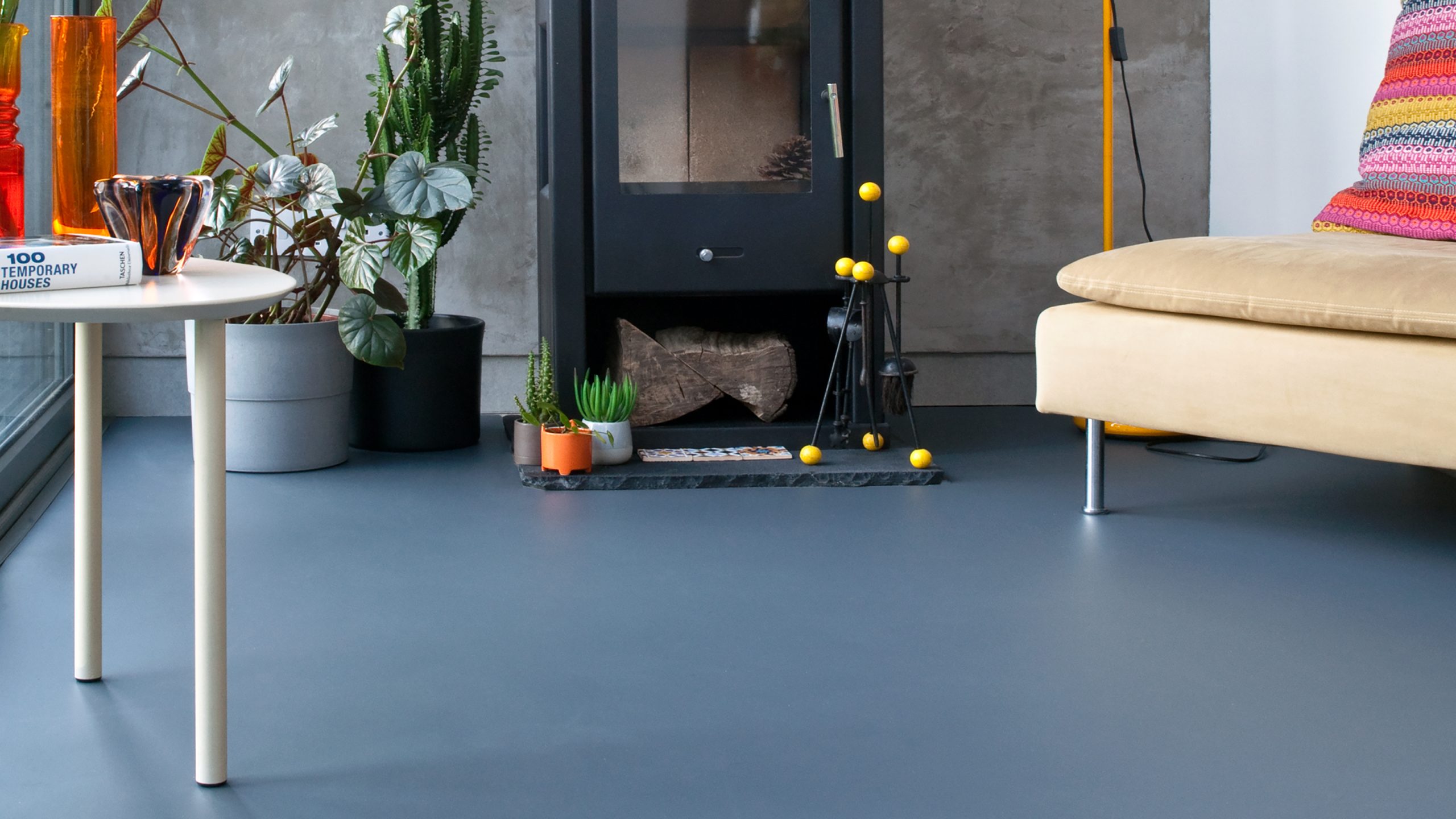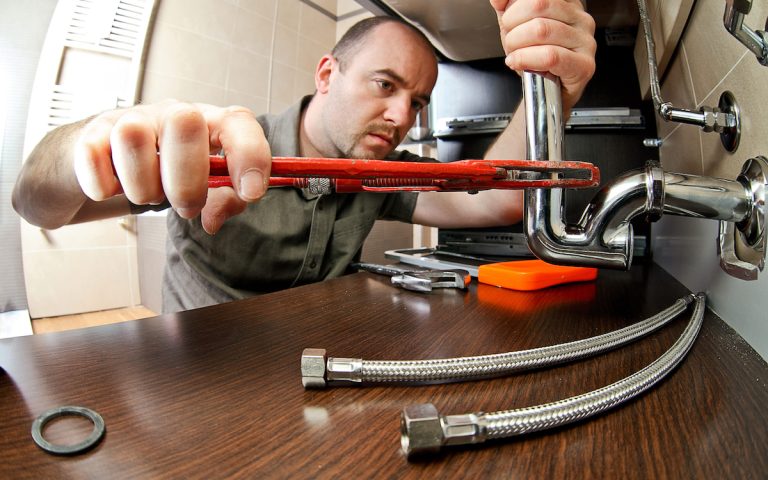Rubber flooring has become increasingly popular in recent years due to its versatility, durability, and ease of maintenance. From commercial spaces to residential homes, rubber flooring offers a wide range of benefits and applications. In this comprehensive guide, we will delve into the various types of rubber flooring solutions available, their advantages, installation methods, and maintenance tips to help you make informed decisions for your flooring needs.
Types of Rubber Flooring:
1. Rubber Tiles:
Rubber tiles are a popular choice for both commercial and residential settings. They are available in various sizes, thicknesses, and designs, making them suitable for different applications. Rubber tiles are easy to install and provide excellent durability and slip resistance.
2. Rubber Rolls:
Rubber rolls are ideal for large areas that require seamless flooring solutions. They come in different thicknesses and can be cut to fit specific spaces. Rubber rolls offer superior shock absorption and noise reduction properties, making them perfect for gyms, playgrounds, and industrial settings.
3. Rubber Mats:
Rubber mats are versatile and can be used in a variety of settings, including entryways, kitchens, and fitness areas. They provide cushioning underfoot and are resistant to moisture, making them suitable for both indoor and outdoor use. Rubber mats are easy to clean and maintain, making them a practical choice for high-traffic areas.
Advantages of Rubber Flooring:
1. Durability:
Rubber flooring is known for its exceptional durability and resilience. It can withstand heavy foot traffic, impact, and wear and tear, making it an excellent choice for commercial and industrial settings.
2. Safety:
Rubber flooring offers excellent slip resistance, even when wet, reducing the risk of accidents and injuries. Its cushioned surface also provides added comfort and protection against falls.
3. Comfort:
Rubber flooring is comfortable to walk and stand on for extended periods. It provides cushioning underfoot, which can help reduce fatigue and strain on joints.
4. Easy Maintenance:
Rubber flooring is easy to clean and maintain, requiring minimal effort to keep it looking its best. Regular sweeping and mopping are usually all that’s needed to keep rubber floors clean and hygienic.
5. Versatility:
Rubber flooring is available in a wide range of colours, patterns, and designs, allowing for endless customization options. It can be used in virtually any setting, from gyms and schools to offices and retail spaces.
Installation Methods:
1. Glue-Down Installation:
This method involves applying adhesive to the subfloor and then laying the rubber flooring on top. It provides a secure and permanent bond, making it ideal for high-traffic areas.
2. Interlocking Installation:
Interlocking rubber tiles are designed to fit together like puzzle pieces, eliminating the need for adhesive. This makes installation quick and easy, with minimal mess or downtime.
3. Loose-Lay Installation:
Rubber mats and rolls can be laid directly on top of the subfloor without adhesive. This method allows for easy removal and replacement, making it ideal for temporary or portable applications.
Maintenance Tips:
1. Regular Cleaning:
Sweep or vacuum rubber flooring regularly to remove dirt, dust, and debris. Use a mild detergent and water solution to mop the floor as needed.
2. Avoid Harsh Chemicals:
Avoid using harsh chemicals or abrasive cleaners on rubber flooring, as they can damage the surface. Stick to mild cleaning agents and avoid ammonia-based products.
3. Preventive Maintenance:
Use entrance mats or rugs to trap dirt and moisture before it reaches the rubber flooring. Place furniture pads or coasters under heavy furniture to prevent indentations.
4. Periodic Inspection:
Periodically inspect the rubber flooring for signs of damage or wear. Replace any damaged tiles, rolls, or mats promptly to maintain the integrity of the floor.
Conclusion:
Rubber flooring offers a wide range of benefits and applications, making it an ideal choice for both commercial and residential settings. By understanding the different types of rubber flooring available, their advantages, installation methods, and maintenance tips, you can make informed decisions for your flooring needs. Whether you’re looking for durability, safety, comfort, or versatility, rubber flooring is sure to exceed your expectations and provide long-lasting value for years to come.






















+ There are no comments
Add yours